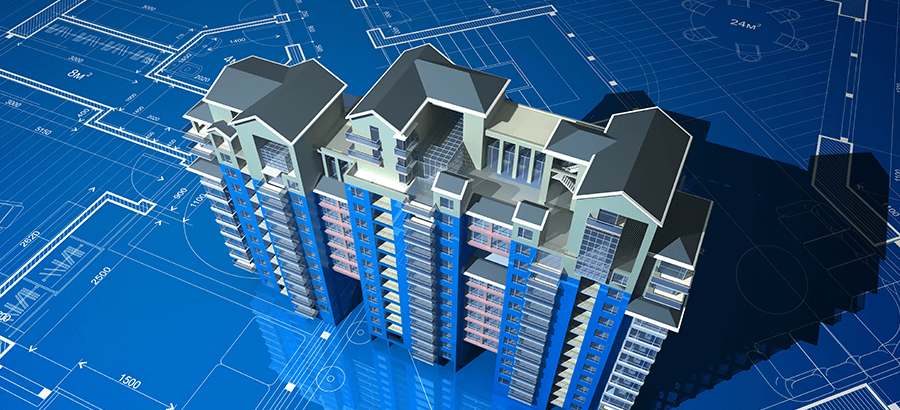Part 1: Building a house on a solid foundation
You can hardly miss it these days: questions about why Enterprise Resource Planning (ERP) projects hit problems, or worse, fail, appear on so many websites. I have seen many ERP implementations and thought I had some answers, but it was only after I had been involved in building a house that I could see the similarities between building projects and ERP implementations, and why we don’t see buildings collapsing in the same ways some ERP projects fail.
Eric Kimberling’s Panorama Group identified this similarity at the same time I was building the house. The critical requirement for construction is the blueprint; the drawings of what the house will look like, what its parts will be and how it will be constructed.
The problem with projects, especially complex ones (like a house or an ERP project), is how to communicate the varied components, interactions, hierarchies and responsibilities to all parties concerned. You need a representation that will capture all these elements in a way that is clear and easy to understand, even if you are not a professional in the field. This will ensure that the various parties involved can achieve alignment in terms of common understanding of business needs and technology capabilities.
You also need a way for the plans to develop as your ideas and perspectives evolve. When you start planning a house you don’t go straight into the details. You may have some thoughts (even a vision), but you need guidance from an architect on what is possible, feasible and within budget. So you start with drawings that help you decide on the appearance of the house, then move into the technical and architectural details, and finally the construction and engineering specifications.
Until recently there was no easy way for ‘ERP novices’ to see the business in terms of how it would look after an ERP implementation. But now, with the integration of business process modeling (BPM) and ERP, those visual representations (the drawings) can be done. For an ERP implementation, the functional requirements and business processes are like the rooms and materials of a house, and a business process model is the equivalent of an architect’s drawings. The Business Process Modeling tool can be used in the same way that you start a house with some initial sketches. It allows you to view the business from a high level to make sure executives agree with the ‘look’ before going into more detail.
This graphical way of representing an ERP project can replace the mountains of design documents that were the staple of past ERP projects. This pile of paper used to be the main documentation a business had to describe its strategy, plans and processes. The sad fact was that only a few people ever probably read them, and even fewer understood them.
It’s about time that “the big freakin’ requirements document must die”. What is needed is one tool which can capture scope at different levels in one place, which provides traceability between business requirements and IT capabilities, and which uses better means of communication to illustrate than the common legal-style text of many project documents.
If you are an ERP implementer, how did you experience communicating via traditional project management tools? If you’ve experienced an ERP project as a business user in the past, what did you think of the project documents that you had to use?
At SYSPRO, we now provide a tool that can replace the big project document, which is graphical and shows how integrated BPM and ERP functions: SYSPRO Process Modeling (SPM). Analyst Brian Sommer described the combination as “A Key Mid-Market Need”. With SPM we believe that our customers will get more value, and have a far lower risk of problems in their ERP implementation projects.
In Part 2: Changing the system as business realities change






